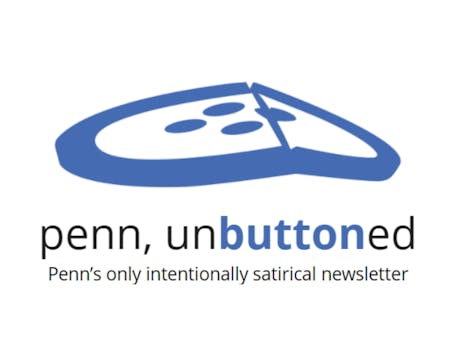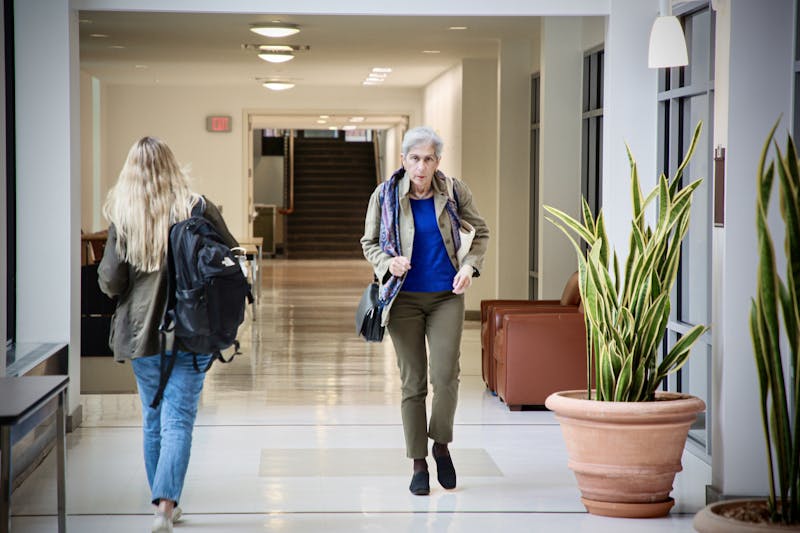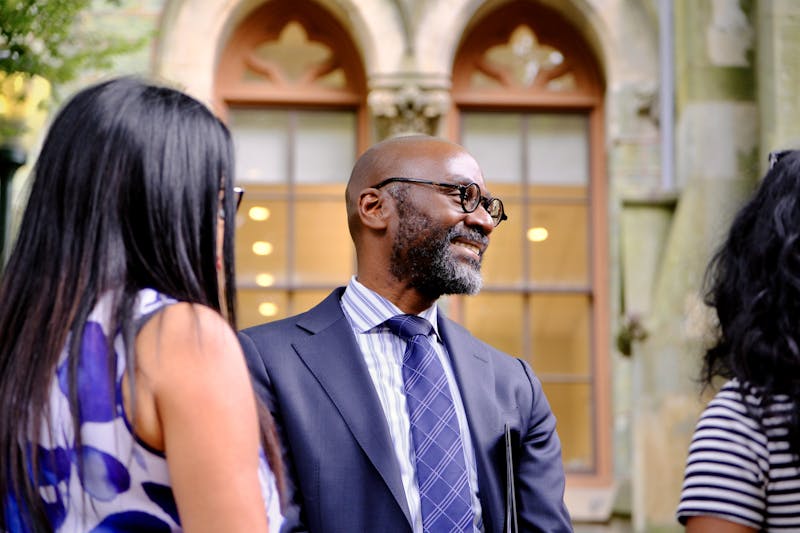
Not all of a professor's students go on to earn the title Secretary General of Egypt's Supreme Council of Antiquities, but one of David Silverman's did.
Twenty years after graduating from Penn with a Ph.D. in Egyptology, noted archaeologist Zahi Hawass is showing his gratitude to his former professor by insisting that Silverman take an important role in "Tutankhamun and the Golden Age of the Pharaohs," now showing at the Franklin Institute.
"Hawass told us, you must have David Silverman as curator," said Mark Lach, senior vice president of Arts and Exhibitions International, the company to which exclusive rights to the Tutankhamun artifacts were granted by the Supreme Council.
Silverman, who has taught at Penn since 1979 as a professor in the Department of Near Eastern Languages and Civilizations, is now curating Tut for his second time. Back in the 1970s, he curated the "Treasures of Tutankhamun" show, which drew eight million visitors and revolutionized the concept of the museum exhibit.
While the story of the boy king might have been enough to draw visitors, it is Silverman's work that has given both exhibits substance.
Before Tut I, exhibit organizers assumed that patrons would have an understanding of the artifacts on display - they were largely just objects in a room.
The large text panels, drawings and models that make a museum exhibit understandable and informative to laymen today were largely unavailable.
The first Tut exhibit changed all that. "I wrote a lot of text, and we used a lot of photographs," Silverman said.
"What he does very well is striking a balance between information and amount of text," so that visitors are informed but not bored, Nick Picardo, an Egyptology Ph.D. candidate, said.
In creating an exhibit, "I let [the artifacts] tell me a story," Silverman said.
While Silverman writes the text and determines the order in which the artifacts are presented, Lach provides the atmosphere by giving attention to lighting and the interior design.
The exhibit tries to "give you a sense of what it must have been like for Howard Carter to walk down that long corridor to [Tut's] tomb," Lach said.
The Penn Museum of Archaeology and Anthropology is running a companion exhibit called Amarna, Ancient Egypt's Place in the Sun, focusing on the ancient city where Tutankhamun was born and raised.
The Amarna exhibit provides a wealth of historical background information that supplements what can be seen at the Franklin Institute.
For example, both exhibits display pieces of fantastically blue Egyptian faience, a ceramic substance frequently used for jewelry.
"You will see faience [at the Franklin Institute], but, [at the Penn Museum] you see how they made it," Silverman said.
The Tut exhibit started its tour of the country in Los Angeles, making its way through Ft. Lauderdale and Chicago before coming to Philadelphia, the only city to have a companion exhibit.
The most iconic Tut artifact, his golden death mask, was not allowed to leave Egypt, but over 130 others were, including a beautiful gold coffinette and a painted wooden statue of Tut.
The Tut exhibit will be at the Franklin Institute until the end of September. The Penn Museum's Amarna exhibit will be open until October.
The Daily Pennsylvanian is an independent, student-run newspaper. Please consider making a donation to support the coverage that shapes the University. Your generosity ensures a future of strong journalism at Penn.
DonatePlease note All comments are eligible for publication in The Daily Pennsylvanian.







